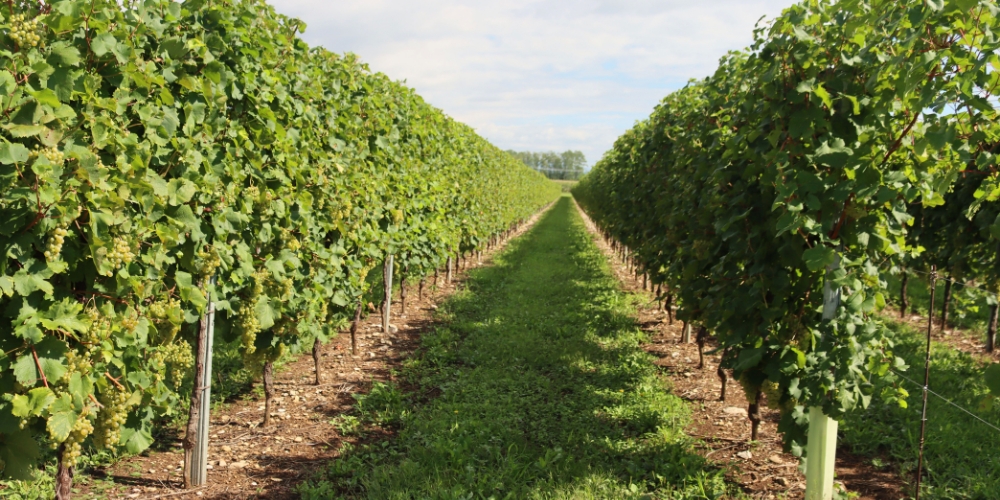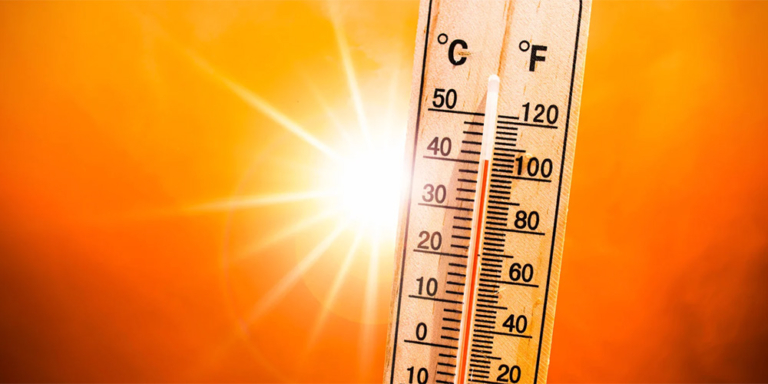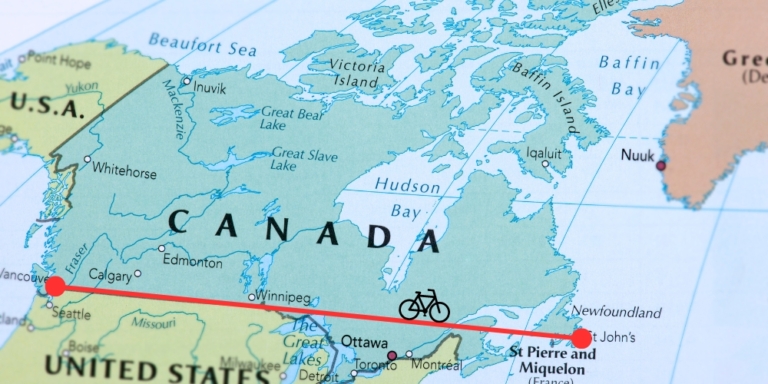Rising temperatures have created a laundry list of problems worldwide. The one we hear the most about is rising sea levels. We could ignore that one because, what the heck, we’re about a thousand miles from the ocean.
Then came extreme forest fires, melting glaciers, catastrophic weather, droughts and floods. Those hit close to home and were kind of hard to ignore.
But with all that stress, we still had something to take the edge off. If we just wanted to ignore the chaos, we could just turn off the news and relax with a glass of wine. Or a bottle… depending on the day.
But now, even our beloved wine is threatened by global heating.
In particular, Prosecco, Burgundy, Grand Cru, and Cabernet Sauvignon are on the chopping block.
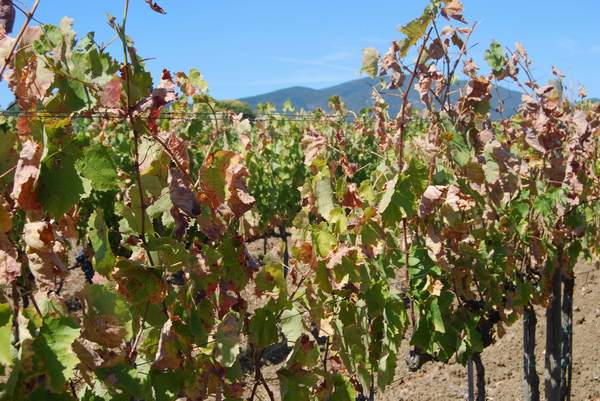

Produced in Italy’s mountainside vineyards, Prosecco is one of today’s most popular sparkling wines. The white wine is especially treasured during the holidays, which are right around the corner.
Producing wine is a labour of love. Grapes are crushed and fermented to create the complex flavours and aromas we have come to love. Every glass of wine differs, whether it’s a bubbly Prosecco or a bitter red.
Italy has mastered the craft of winemaking and was the largest wine exporter by volume earlier this year. However, an analysis published in the iScience journal last month indicates that Italy’s grape harvests are “fragile and under threat.”
A combination of soil degradation and extreme weather has caused grape yields to shrink. Soil degradation is the process by which the quality and fertility of soil decline due to erosion, pollution, unsustainable agricultural practices, and, of course, global heating.
Extreme weather events caused by global heating are of particular concern. Sudden and intense rainfall contributes to soil degradation by generating high volumes of water that carry away the fertile topsoil, which contains all the nutrients, water, and air plants need to grow.
Without topsoil, crop yields decrease. Italy’s increasingly unpredictable rainfall has also led to slope failures or collapses. Heavy rain softens the soil, allowing rainwater to enter the cracks and reduce slope strength.
Unstable slopes are a nightmare for Prosecco producers because the Glera grapes used to make Prosecco are grown on steep mountainsides. Growing grapes on mountain slopes is typical worldwide.
Grapes grown in the mountains have a higher ratio of skin to juice, making them more flavorful. They are also exposed to more sunlight, which helps the grapes develop.
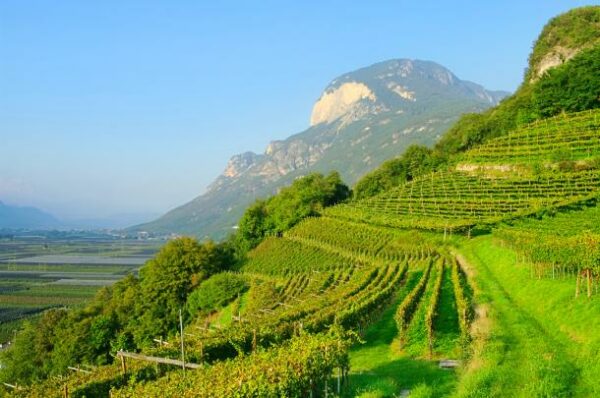

By positioning vineyards on slopes, winemakers can control the amount of sunlight their grapes receive.
For example, a southern-facing slope will receive more even and prolonged sun exposure throughout the day. On the other hand, an eastern-facing slope will get more exposure in the morning and less in the afternoon.
Additionally, slopes move denser cold air downhill, reducing the risk of frost damage to vines. Slopes also improve water drainage and reduce the likelihood of waterlogged soil.
Waterlogged soil is dangerous because it can suffocate plant roots, leading to root damage, rot, and an inability to absorb plant nutrients.
But when the rainfall is a deluge, the soil can wash away, the slopes can fail, and the vineyard grapes slide down the mountain. Say goodbye to our much-needed glass of wine!
If heavy rainfall wasn’t bad enough, Italy had extreme drought conditions this past summer, causing grapes to ripen early, resulting in smaller yields.
Fast ripening leads to poor colour and aroma development, making for not-so-great wine. As a result, this year’s extreme weather is expected to reduce Italy’s wine grape harvest by up to a fifth.
To put things into perspective, Italy’s vineyard output has dropped 44 million hectoliters so far, dethroning the country as the world’s leading wine exporter by volume. Winemakers are expecting the smallest harvest they have seen in six years.
Suddenly, there is a new meaning to “bottoms up!”

